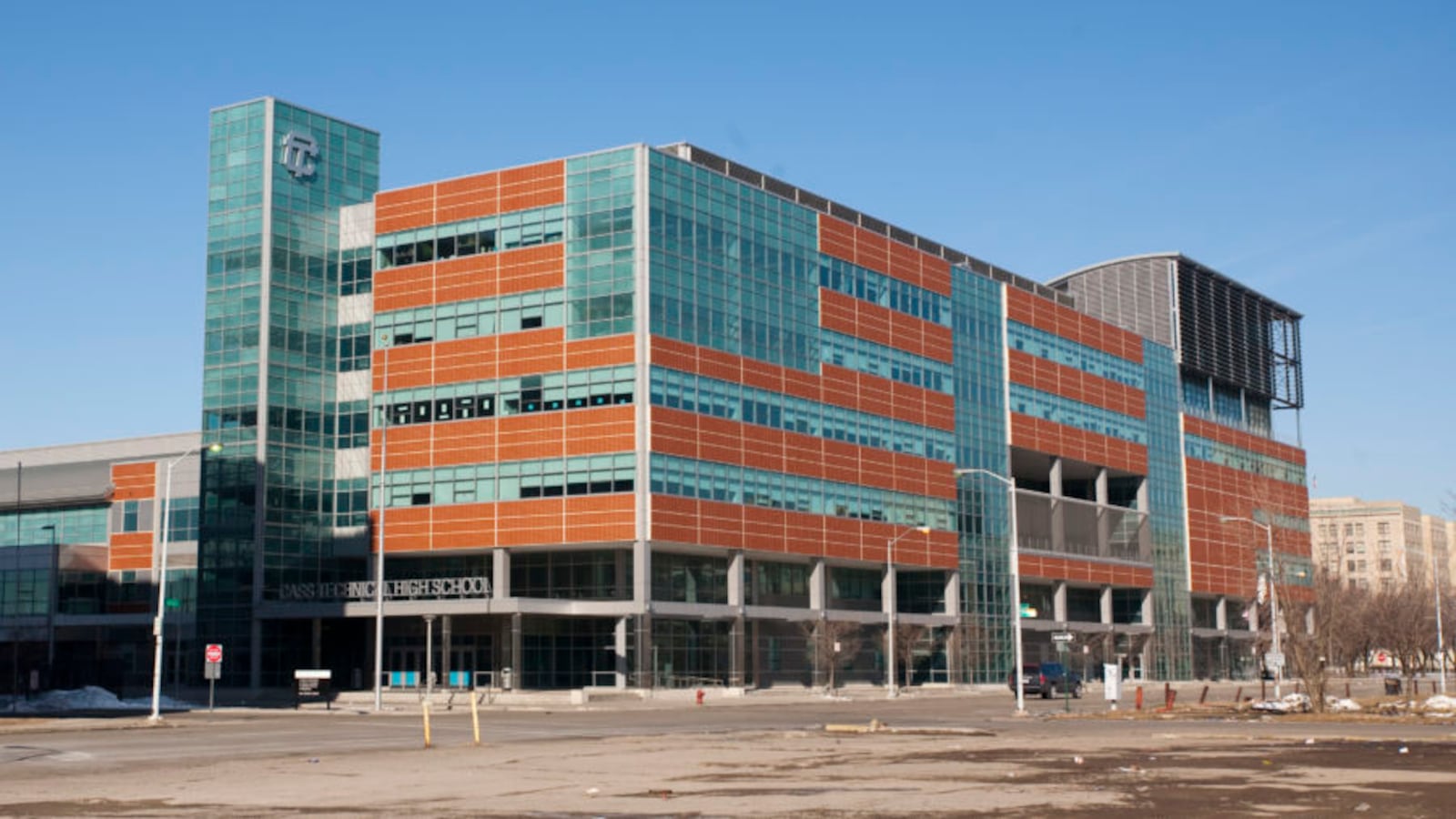The Detroit district is moving ahead with a proposal to spend $9.7 million to address facility needs at nearly four dozen schools, but the work will cover just a fraction of the problems in the district’s crumbling buildings.
“These are just some immediate investments in order to deal with challenges that have not been addressed over the last 10 years,” Superintendent Nikolai Vitti said this week. “This at least begins to address some of these issues on a smaller scale.”
The proposal provides insight into how Vitti may address the $500 million price tag for fixing current facility problems in the district — a cost that will soar to almost $1.4 billion in five years if nothing is done. The strategy: Invest in schools that are thriving and have relatively few building problems, and make repairs at other schools only if they result in operational or safety issues.
The plan to address some of the issues now is crucial in a district where the facility problems are daily reminders for students and staff. Last year, the district had to shutter Palmer Park Preparatory Academy’s building for months and send students elsewhere because of a badly leaking roof.
As part of the proposal — which must be approved by the Detroit school board — 46 schools with a range of needs would have some work done. That works includes roofing, heating and cooling repairs, fencing, and paving.
Unless there’s an operational or safety issue in a school building, money will be invested in schools with strong enrollment that allows the building to be more efficiently used than some other schools with large capacities but few students. That means that some district schools with plenty of empty seats and declining enrollment might wait for repairs, if they get them at all, because as Vitti said, it doesn’t make sense investing heavily in them “because we don’t know about the future of those buildings.”
The district created a set of required criteria for a school to be recommended for work. That included high utilization rates, strong enrollment and multiple needed repairs. They also needed to rank low on the district’s Facility Condition Index, which measures the overall condition of buildings. The lower the score, the better the overall condition of the building.
Or, as Vitti said, a low ranking “means the investment to take those schools to 2020-22 standards is not more than what the building is worth.”
Fifteen schools met those criteria, and are expected to receive upgrades. Another 31 schools — described as outliers — are being recommended for work because while they might not meet all of the criteria identified by the district, they do have a pressing problem that must be fixed, like a leaky roof.
The district would shore up its capital projects fund in order to complete these and other projects. Right now, the fund includes $5.4 million that is covering the cost of placing water hydration stations in every school, as well as covering the cost of a boiler at Cass Technical High, and a roof repair at Central High School. Private donations are helping pay for the water hydration stations.
Another $11 million would be transferred from the district’s unrestricted general fund surplus, while $6.5 million would be transferred from “transition” funds provided by the state in 2016 when lawmakers approved a sweeping initiative to address a massive district debt.
In addition to the facility repairs proposed, the district also wants to spend more than $4 million to upgrade four buildings — three of them reclaimed from charter schools whose leases with the district aren’t being renewed. Those buildings, and another that had been closed, will be used for district schools.
Want to know if your school is recommended for work? Read the report to see a full list of schools, the kind of work they would receive and the cost:


